I have a JavaFX BubbleChart in my visualization and I need to be able to create/display text within each bubble of the chart. In my visualization, I have numerous XYChart.Series with only 1 bubble per series. For each series, I do "series.setName("xxxx");" (where xxxx = unique series name) and I need to be able to display that series name inside the bubble.
I already have implemented a Tooltip (mouse-over event) for the Bubble Chart that displays the series name, but I need to also have the text visible inside the bubble without requiring a mouse-over.
For the sake of having code to work against, here is a basic example with 5 series. How would I go about adding a text inside each Bubble?
Thank you.
public class bubbleChartTest extends Application {
@Override
public void start(Stage stage) {
final NumberAxis xAxis = new NumberAxis(0, 10, 1);
final NumberAxis yAxis = new NumberAxis(0, 10, 1);
final BubbleChart<Number, Number> bc = new BubbleChart<Number, Number>(xAxis, yAxis);
xAxis.setLabel("X Axis");
xAxis.setMinorTickCount(2);
yAxis.setLabel("Y Axis");
yAxis.setTickLabelGap(2);
bc.setTitle("Bubble Chart StackOverflow Example");
XYChart.Series<Number, Number> series1 = new XYChart.Series<Number, Number>();
series1.setName("Series 1");
series1.getData().add(new XYChart.Data<Number, Number>(3, 7, 1.5));
XYChart.Series<Number, Number> series2 = new XYChart.Series<Number, Number>();
series2.setName("Series 2");
series2.getData().add(new XYChart.Data<Number, Number>(8, 3, 1));
XYChart.Series<Number, Number> series3 = new XYChart.Series<Number, Number>();
series3.setName("Series 3");
series3.getData().add(new XYChart.Data<Number, Number>(1, 9, 2));
XYChart.Series<Number, Number> series4 = new XYChart.Series<Number, Number>();
series4.setName("Series 4");
series4.getData().add(new XYChart.Data<Number, Number>(4, 1, 0.5));
XYChart.Series<Number, Number> series5 = new XYChart.Series<Number, Number>();
series5.setName("Series 5");
series5.getData().add(new XYChart.Data<Number, Number>(9, 9, 3));
Scene scene = new Scene(bc);
bc.getData().addAll(series1, series2, series3, series4, series5);
stage.setScene(scene);
stage.show();
for(XYChart.Series<Number, Number> series : bc.getData()) {
for(XYChart.Data<Number, Number> data : series.getData()) {
Tooltip.install(data.getNode(), new Tooltip(series.getName()));
}
}
}
public static void main(String[] args) {
launch(args);
}
}
